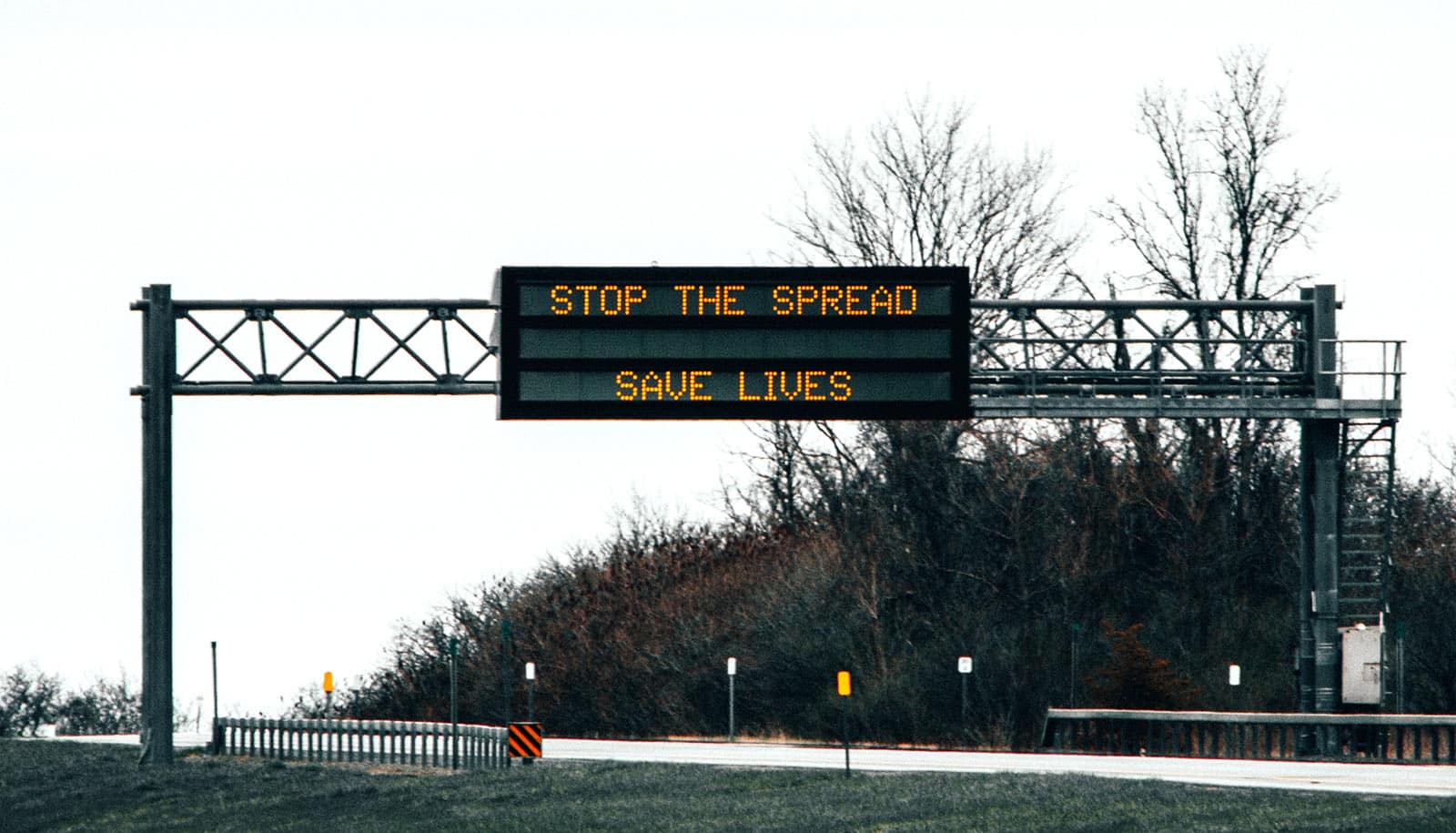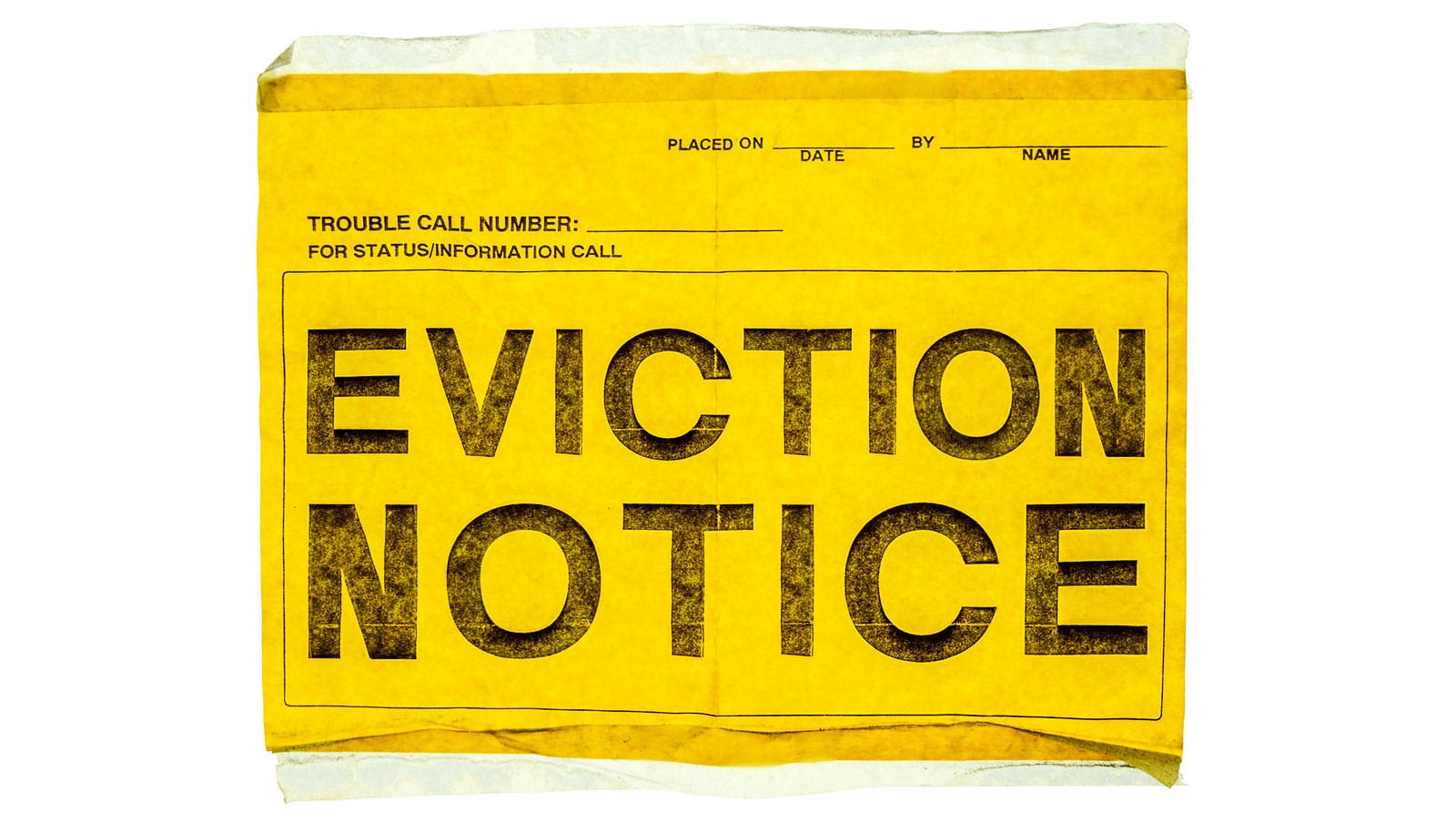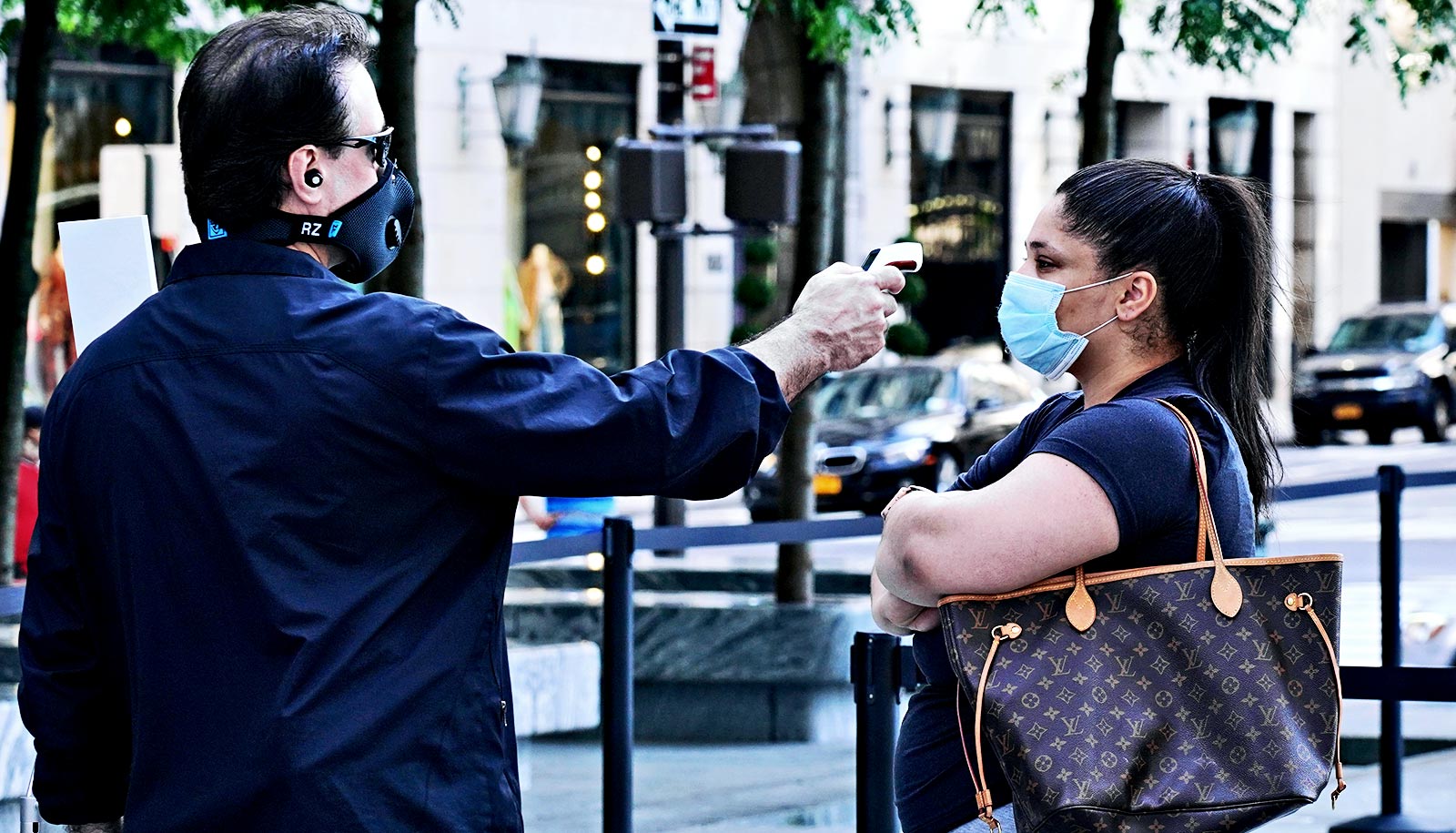The economic shutdown is worth the price of the recession in terms of lives saved, according to new research.
“We hope that a lives-to-lives comparison allows for discussion about the wisdom of the economic shutdown, uncluttered by differences in people’s beliefs about the value of human life.”
The debate over the coronavirus economic shutdown splits largely along partisan lines, with conservatives arguing the emotional stress of recession outweighs the lives saved, while liberals say it’s necessary to protect the most vulnerable citizens.
Here, economist Olga Yakusheva, an associate professor at the University of Michigan School of Nursing and School of Public Health, discusses the working paper on the topic:
Your working paper, “The Cure is Not Worse than the Disease: A Humanitarian Perspective,” projects that social distancing and economic restrictions will save many more lives than the potential lives lost from the economic downturn. Are social distancing and the resulting economic recession worth it?
It certainly appears so. When you look at the lives the public health measures saved, it could be 500,000 to 2.7 million. This is what virologists—scientists who study the capacity of this new virus to infect and kill people—predict would happen if the virus is allowed to roam free in our communities. This is a new virus and our immune systems are scrambling to figure out how to fight it. And now, it appears people who survived COVID-19 once can get it again. COVID-19 is not your regular cold or flu. If it seems like it is when you look outside, it’s because the public health measures are working.
The economy is definitely suffering. We are now in what could be the worst recession since the Great Depression. Many people lost jobs, incomes, and health insurance. One in three Americans are anxious or depressed. Many people, especially individuals on very fixed budgets, can’t afford essentials like rent, mortgages, lifesaving medications, and food. These things can make us sick now, or later. We know that economic hardship, illness, and mortality are intertwined. People who will get sick or die from the economic recession will be less visible—yet they’re as real as people who die from the virus.
Nevertheless, epidemiological and economic research tell us that this collateral mortality from social distancing and economic downturn will be smaller—between 50,400 and 323,000 deaths over the next few years—than the death toll from an unmitigated COVID-19 pandemic. This is an incredibly difficult tradeoff, but the public health approach does appear to have been in the best interests of our society.
Several studies have asked if the economic downturn is worth the lives saved by social distancing and sheltering in place. To do this cost-benefit analysis, researchers have attempted to place a dollar value on human life. You chose to compare projected lives saved to lives potentially lost. Why?
Our thinking was, by comparing lives saved to lives potentially lost, we will move this highly contentious debate into “more factual” waters. Our approach completely circumvents having to place any value on a human life. To our knowledge, we are the first cost-benefit study that took a lives-to-lives comparison approach. Most studies of the wisdom of the current pandemic-mitigating public health measures compared the projected cost of the economic restrictions to the 500,000 to 2.7 million lives the measures are projected to save. These studies calculated that our society is “paying” $1.5 million to $5 million for every COVID-19 death averted. But how can we decide if the cost is justified or excessive? What price are we willing to pay for a human life?
Economists have tried to determine the “right price” to pay for a human life, mostly by taking cues from people’s actions in the face of a risk—for example, how much people will pay for safety equipment or the wage increase people need to accept a riskier job. There is no one definitive answer, and the range of values spans from $700,000 to $74 million. The most frequently used number is $10 million, but it is rather arbitrarily chosen. Aside from lack of agreement about the dollar value, the argument itself frequently fails to resonate with lay people worried about themselves and loved ones.
We hope that a lives-to-lives comparison allows for discussion about the wisdom of the economic shutdown, uncluttered by differences in people’s beliefs about the value of human life.
You also looked at life years saved, which attempts to account for the fact that 80% of COVID deaths occur in those 65 or older. What did you find and why wasn’t this your primary approach?
We expected that health experts would want to see our calculations also done in the number of years of life, instead of a life.
For example, the death of a 40-year-old COVID-19 patient who was otherwise expected to live until 79 could be counted as a loss of one life or a loss of 39 years of life. The life-years approach is commonly used in medicine to compare alternative treatments based on how much they prolong life expectancy for an average patient and how much they cost. For many chronic health conditions and illnesses, increased life expectancy is a more realistic treatment goal than a cure, and so the life-years analysis provides the more appropriate data.
The drawback of using the life years calculation in our paper is that the majority of COVID-19 deaths are older people. Over 80% of deaths are people over the age of 65, and of these, about half are 85 and older. Measured in the number of life years saved, the life of an older person will always be worth less than the life of a younger person. Reducing a person to their age goes against our fundamental premise of not placing a value on a human life and is, frankly, age-discriminatory.
What assumptions did you make and what factors did you take into account to arrive at these numbers?
Like all studies that attempt to peek into the future, be it COVID-19 prediction models, economic forecasts, or cost-benefit analyses, our study is premised on the use of the best evidence available today and uncertainty of how things might change in the future. For example, to the extent that the economy might recover quicker or slower than expected, our lives-lost calculation may overstate or understate the collateral humanitarian damage from the economic downturn.
Although we tried to incorporate uncertainty into our projected ranges for the number of lives saved and potentially lost, we also had to make some assumptions and simplifications. Most of these assumptions deliberately err on the side of caution, so we tended to understate lives saved and overstate lives lost. For example, we did not account for COVID-19-related morbidity and downstream mortality for survivors of the virus, which is also reduced when public health measures slow transmission.
We also attributed the entire economic decline to public health restrictions and regulations, without accounting for the fact that many people would (and are) voluntarily restrict social and economic activities even in the absence of government recommendations and mandates. Another important assumption was that the effect of a temporary income reduction was the same as if it was spread over the course of a lifetime.
All in all, if these assumptions and simplifications are incorrect, our projection of lives saved would be larger and our projection of lives lost would be smaller, further strengthening our conclusion that the public health approach is worth the economic cost.
This is a politically contentious issue along party lines. Are you worried these findings will be taken out of context?
Every scientific argument runs a risk of misinterpretation by the public. Most misinterpretations are benign and easily clarified. However, in the current political climate, we see more unconscious confirmation-seeking and willful misinterpretation, or cherry-picking, of facts. As scientists, our goal is to convey a clear message based on robust scientific evidence.
Our message is clear: COVID-19-mitigating public health measures are justified, even though they can create potentially significant downstream morbidity and mortality. Prioritizing public health, but also prudently relaxing restrictions on economic activity as quickly and for as long as practicable, is essential to emerging from the pandemic with the smallest humanitarian cost from the combination of the virus and the lost economic opportunity.
Source: University of Michigan



